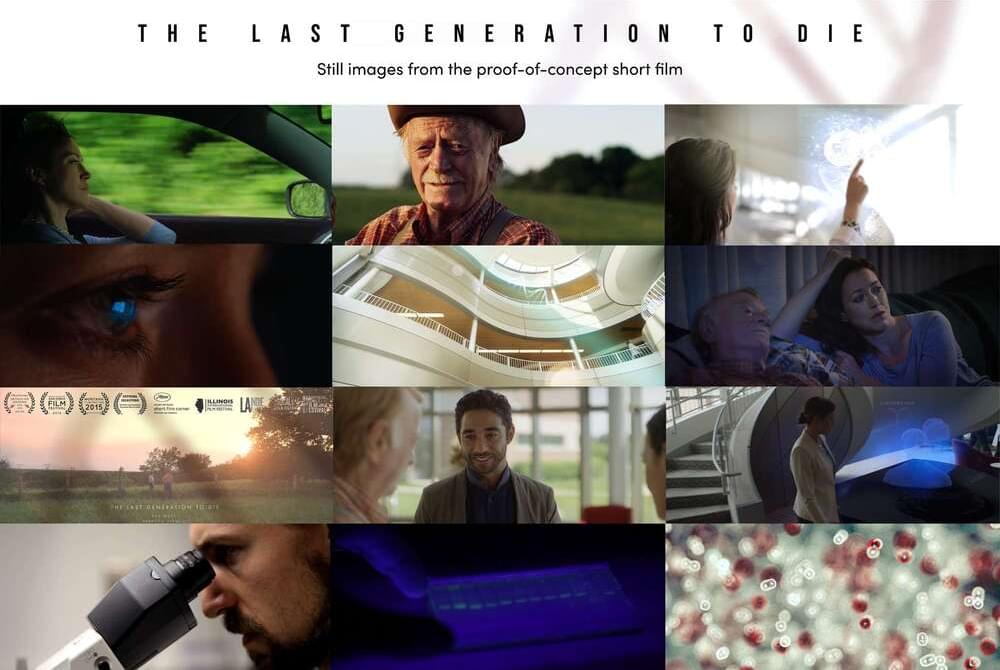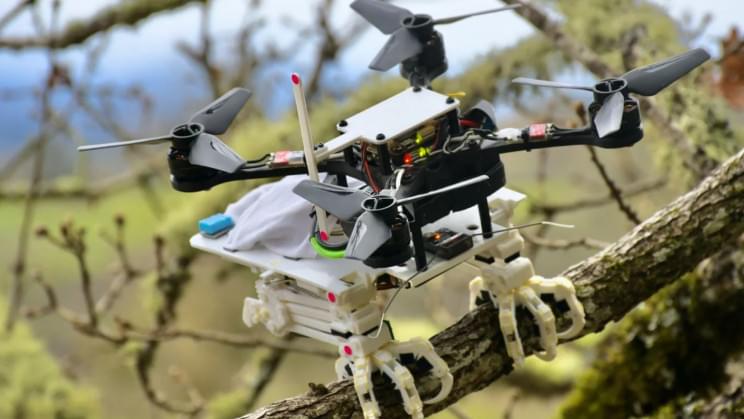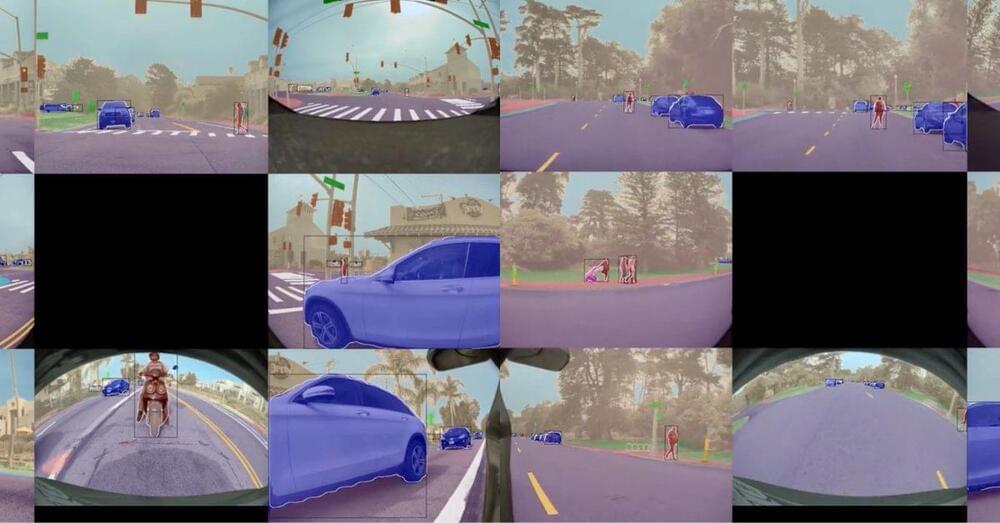Bridging Technology And Medicine For The Modern Healthcare Ecosystem — Dr. Mona G. Flores, MD, Global Head of Medical AI, NVIDIA.
Dr. Mona Flores M.D., is the Global Head of Medical AI, at NVIDIA (https://blogs.nvidia.com/blog/author/monaflores/), the American multinational technology company, where she oversees the company’s AI initiatives in medicine and healthcare to bridge the chasm between technology and medicine.
Dr. Flores first joined NVIDIA in 2018 with a focus on developing their healthcare ecosystem. Before joining NVIDIA, she served as the chief medical officer of digital health company Human-Resolution Technologies after a 25+ year career in medicine and cardiothoracic surgery.
Dr. Flores received her medical degree from Oregon Health and Science University, followed by a general surgery residency at the University of California at San Diego, a Postdoctoral Fellowship at Stanford, and a cardiothoracic surgery residency and fellowship at Columbia University in New York.
Dr. Flores also has a Masters of Biology from San Jose State and an MBA from the University at Albany School of Business. She initially worked in investment banking for a few years before pursuing her passion for medicine and technology.







